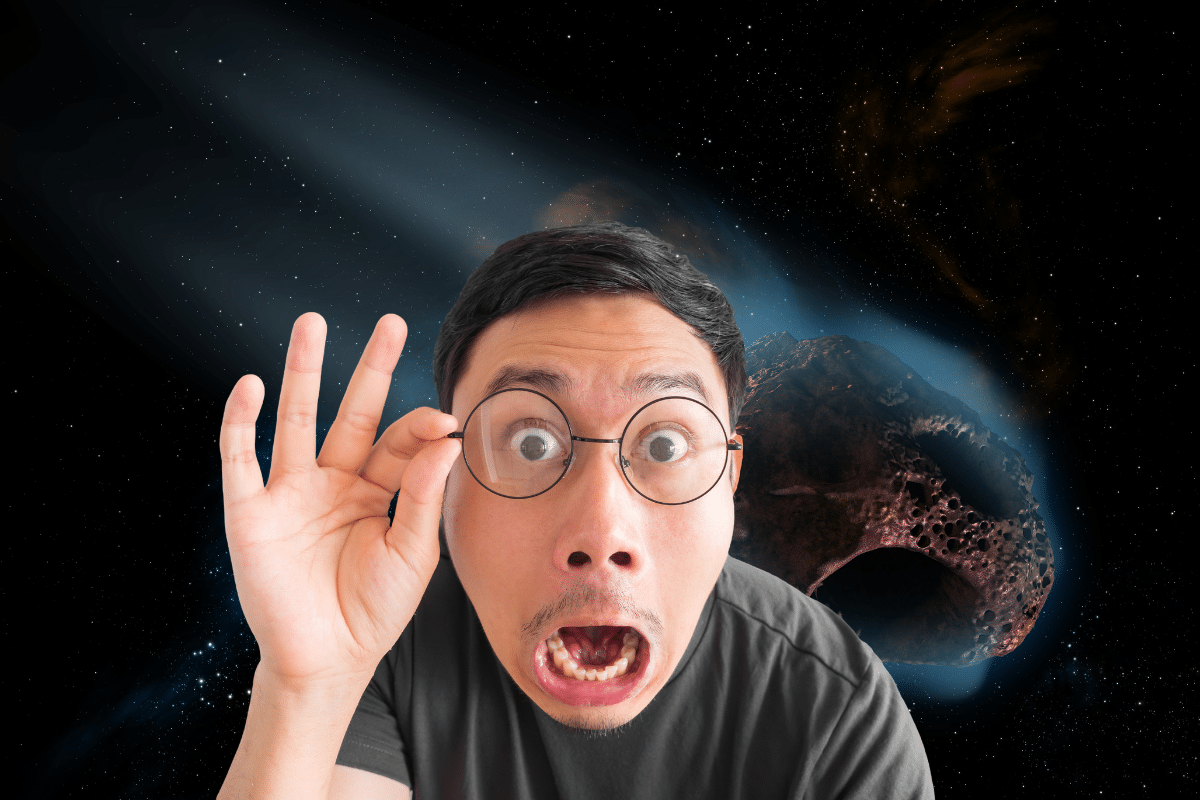Taking advantage of artificial intelligence (AI), researchers have managed to detect nearly 30,000 asteroids with some degree of threat to our planet. This great discovery was made thanks to the ingenious use of existing data, by transforming it through a revolutionary algorithm.
On the same topic:
When AI helps astrophysics
Artificial intelligence has already demonstrated this its usefulness in various fields. From now on, he offers his services to astrophysicists, with very remarkable results. Despite the controversies surrounding its use, for example in facial recognition or the automation of certain jobs, there is no objection to its use in space research. The Asteroid Institute, together with Google Cloud, has made great strides in identifying asteroids using artificial intelligence. It is a real revolution in space mapping as well as in preventing the risk of collision with the Earth.
A huge celestial puzzle
This feat was achieved thanks to the exploitation of the technological resources of Google Cloud and ingenious algorithms developed by researchers from the Asteroid Institute and the University of Washington. The challenge was to identify the 4 billion celestial objects listed in the NOIRLab Source Catalog Data Release 2 (NSC DR2). Therefore, it was a question of connecting all these objects to the huge existing database, instead of resorting to new observations of the sky. The result ? Identification of 100 near-Earth asteroids with near-Earth orbits, potential threats if their diameter exceeds 140 meters.
The Thor algorithm and its role
AI is not only used to identify asteroids. It also plays a leading role in their verification. To do this, the Asteroid Institute uses a brand new algorithm called Tracklet-less Heliocentric Orbit Recovery (THOR). The latter is capable of projecting theoretical orbits from millions of observed moving points of light, then relating these points to actual physical orbits. Using artificial intelligence, the verification process could be essentially automated, significantly reducing the need for human intervention.
Future projects and significant developments
The Asteroid Institute does not intend to stop there. The massive NSC DR2 catalog is just the beginning of a series of analytical projects. The most ambitious should see the light of day in 2025, after the commissioning of the Vera C. Rubin Observatory in Chile. The goal is to process data sets as they become available, in order to identify new asteroids as quickly as possible. However, the question arises: are we ready to face the potential threat that these asteroids could pose to the Earth?
